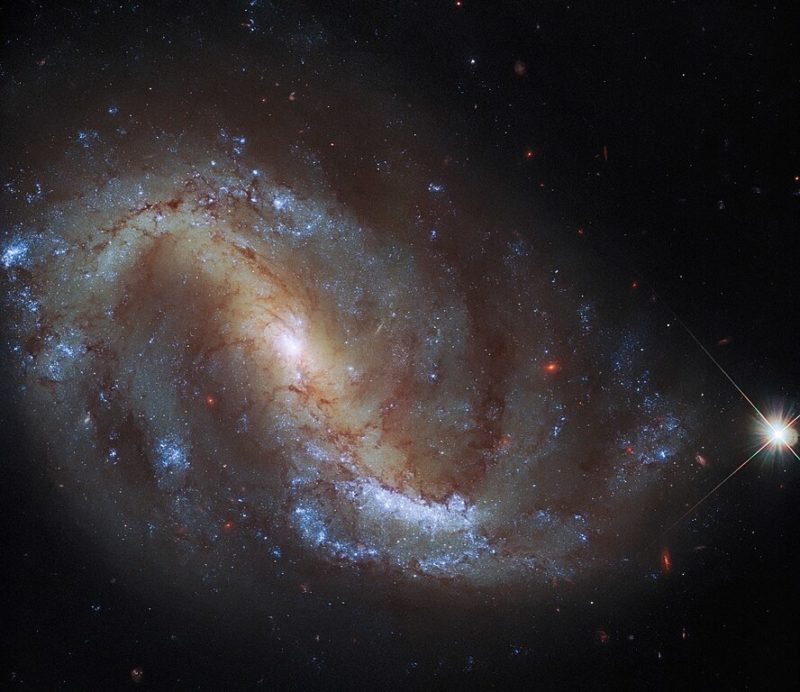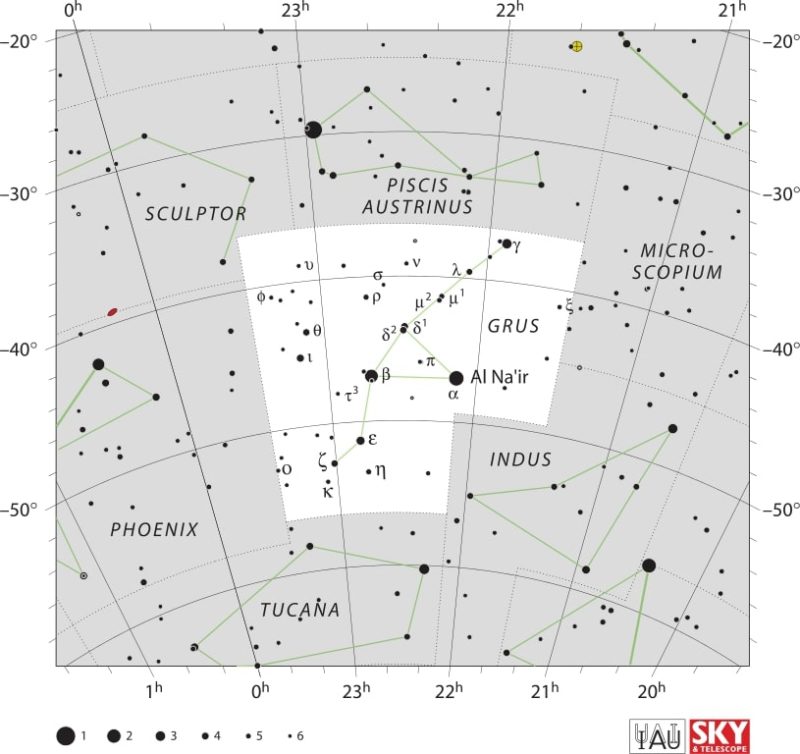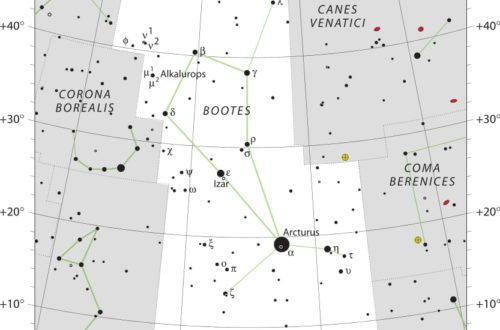NGC 7496: A Stunning Example of a Barred Spiral Galaxy

NGC 7496 is an awe-inspiring example of a barred spiral galaxy in the vast expanse of the universe. This beautiful cosmic wonder, located in the southern constellation of Grus, boasts a magnificent spiral pattern and a prominent central bar structure that sets it apart from other galaxies.
In this article, we explore the fascinating features of NGC 7496 and delve into the mysteries that surround this celestial marvel.
NGC 7496 Distance and Location
NGC 7496 is located at a distance of approximately 61 million light-years away from Earth in the constellation of Grus. It is a member of the NGC 7582 galaxy group, which in turn is a part of the Grus cloud, located between the Local Supercluster and Pavo-Indus Supercluster.

Overview of NGC 7496’s Structure and Features
NGC 7496, a type 2 Seyfert galaxy, is a breathtaking barred spiral galaxy with a unique structure and features that make it stand. The central bar of the galaxy is elongated and adorned with a plethora of bright stars and gas clouds. The bar is surrounded by a ring of stars and gas, which in turn is encircled by two prominent spiral arms that stretch outwards from the center. The arms are dotted with star-forming regions and dark dust lanes, which give them a striking visual appearance. It also boasts a bright nucleus, which is likely fueled by a supermassive black hole at its core.
The galaxy’s structure and features have been studied extensively by astronomers using various techniques, including optical and infrared observations. These studies have revealed fascinating details about the dynamics, composition, and evolution of NGC 7496, and shed light on the processes that shape barred spiral galaxies in general.
How Does Our View of NGC 7496 Differ from Other Galaxies?
In comparison to other galaxies, the view of NGC 7496 differs in several ways. Firstly, it is relatively small in size compared to other barred spiral galaxies, making it an intriguing subject for study. Furthermore, the presence of a distinct central bulge or nucleus with a high star formation rate make it a fascinating object for astronomers to observe and analyze. Understanding the unique characteristics of this galaxy can provide valuable insights into the formation and evolution of barred spiral galaxies and the universe as a whole.
NGC 7496 by the James Webb Space Telescope
This galaxy was one of the first celestial objects to be examined by the James Webb Space Telescope back in June 2022, with the goal of studying star formation and the interstellar medium in nearby galaxies. You can see a different view of this galaxy by JWST below.

Conclusion
In summary, NGC 7496 has proven to be a remarkable specimen of a barred spiral galaxy in our universe. From its unique structure and features to the significance it holds in the field of astronomy, this galaxy has provided us with an opportunity to explore the wonders within our universe.
As we continue to study and observe NGC 7496 and other galaxies like it, we are sure to uncover even more fascinating discoveries and unlock the secrets of the universe.
Would you like to receive similar articles by email?





